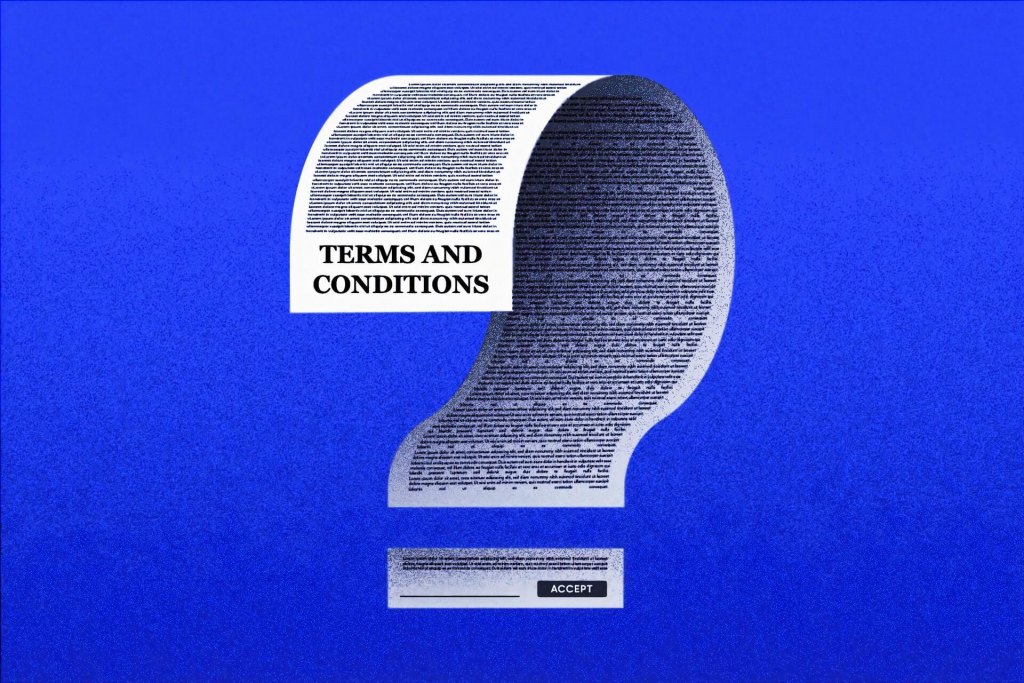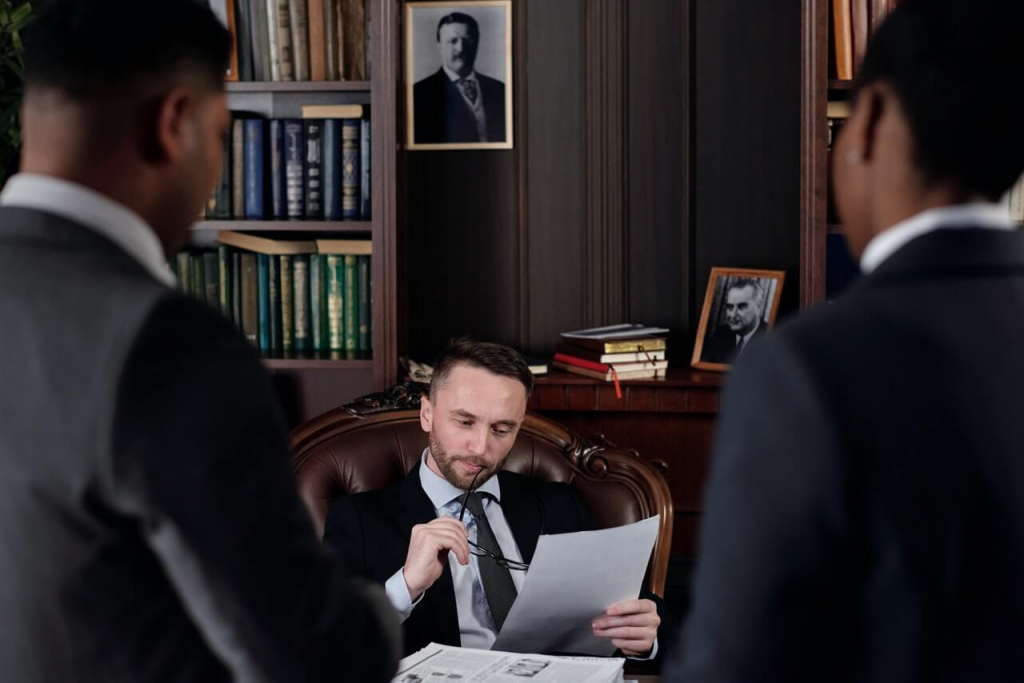The same way your tenants have to pay rent on time and use your property responsibly, you also have to provide them good indoor living experience.
One of the ways to do that is by repairing property damage because damage can cause inconvenience to their daily lives. It can even be a threat to their health and safety.
Knowing exactly what your landlord repair responsibilities are and the technicalities involved is very important for you to handle it properly. This includes taking into account laws, liabilities, proper protocols, limitations, etc.
Lease agreement
Your lease agreement is your best reference in case there will be repair concerns and issues in the future. Since it is a signed contract between you and your tenants, it is expected that all the agreements and clauses mentioned on the lease have been read and understood by both parties.
The more detailed your lease agreement is, the less likely will there be confusion or misunderstanding. Make sure that you discuss repair and maintenance matters thoroughly. It must mention the different responsibilities of both parties when it comes to keeping the property clean, safe, and damage-free.

It must also mention how to request for repairs, tenant liability for damages due to their negligence, and deduction of repair costs from their security deposit.
You can already discuss this matter with your pool of rental applicants even before the screening process. One instance is if you published your listing on Padleads and an interested applicant contacts you directly through the platform and asks you for your standard lease policies.
Federal, State, and Local Housing laws
In general, housing laws in the United States require the landlord to maintain the property in basic habitable conditions, also referred to as “implied warranty of habitability.” The standard includes but is not limited to a functional water system, HVAC system, and electric system. This also includes proper ventilation, sanitation, and structural stability.

Even if your repair responsibility is vaguely discussed on the lease agreement, the law gives you the duty to keep your property under habitable conditions. The only state that doesn’t adapt the concept of implied warranty of habitability is Arkansan.
The standard for local building codes must also be considered. Some may require specific features such as smoke detectors or security devices.
Responding to repair requests
A landlord must respond to repair requests as promptly as possible. The reasonable amount of time is usually based on the severity of the damage. For emergency cases like water damage or HVAC issues, it must be addressed within 24 hours.
Some jurisdictions may also allow the absence of a notice if the occupant is on an extended leave from the property and the damage already needs to be immediately addressed.
Proper Notice
For damages inside the unit, the privacy of the tenant must be considered. A landlord must give a notice to the occupants that a repair staff will enter their home. Usually, it should be 24 to 48 hours before the procedure, except for urgent emergency cases.

Liability
For most damages, the landlord is liable. For damages due to a tenant’s negligence or irresponsible use of the property and its contents, the tenant is liable.
If the landlord fails to address repair and maintenance requests, or does it unsatisfactorily, some jurisdictions allow the tenant to:
- withhold his or her rental payment until the issue is solved
- hire a third-party service to address the problem and deduct the cost from the following month’s rent.
- report the landlord’s failure to local housing authorities
- vacate the property even if the term of the contract is not yet finished
- file a lawsuit against the landlord